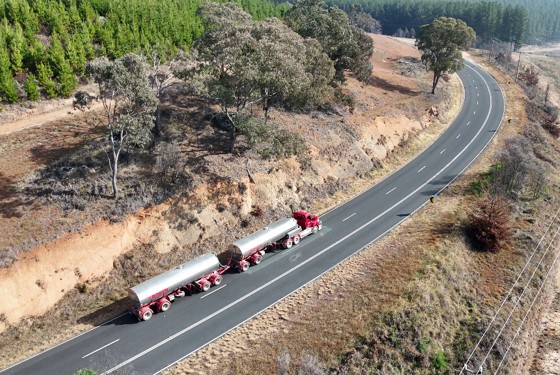Drivers Urged to Stay Alert and Share the Road Safely as Summer School Holidays Begin
As families across Australia prepare to hit the road for the start of the summer school holidays, motorists are being urged to take extra care by planning ahead, managing fatigue and staying mindful of heavy vehicles in their travels.






